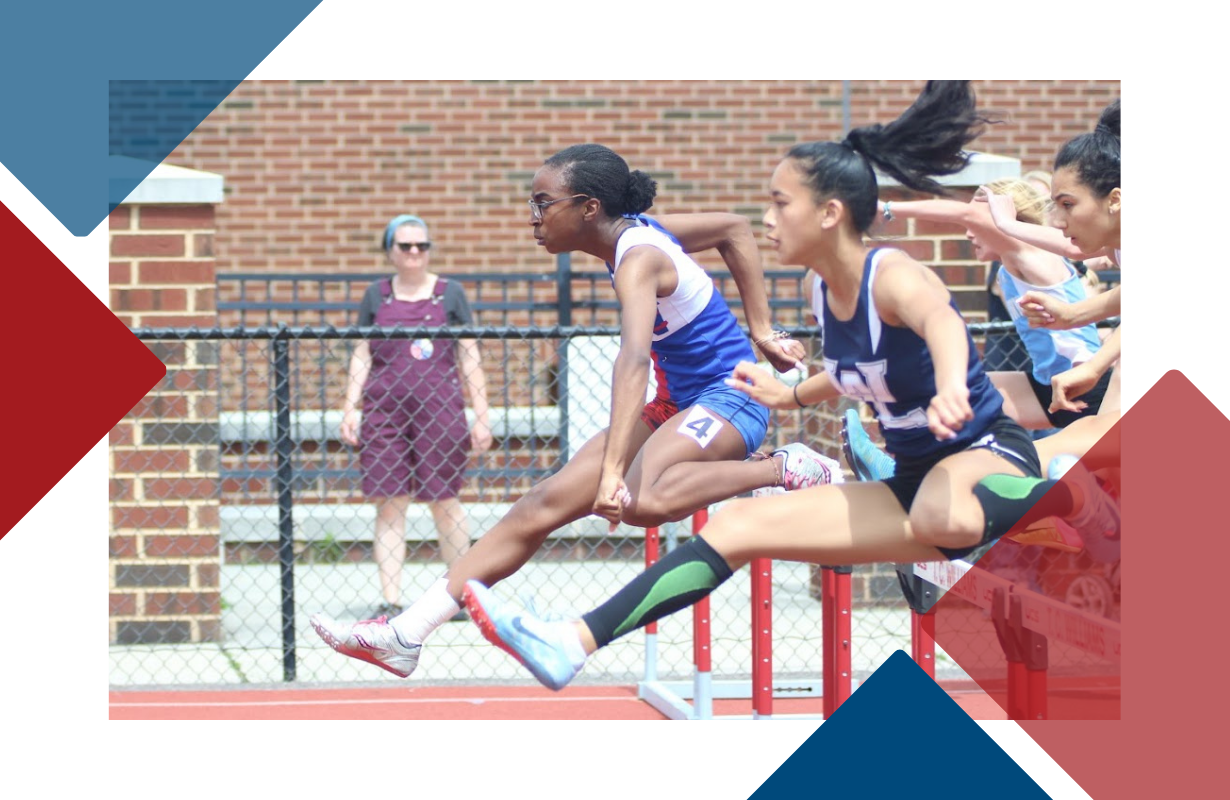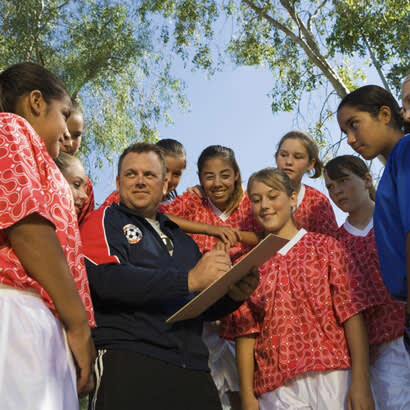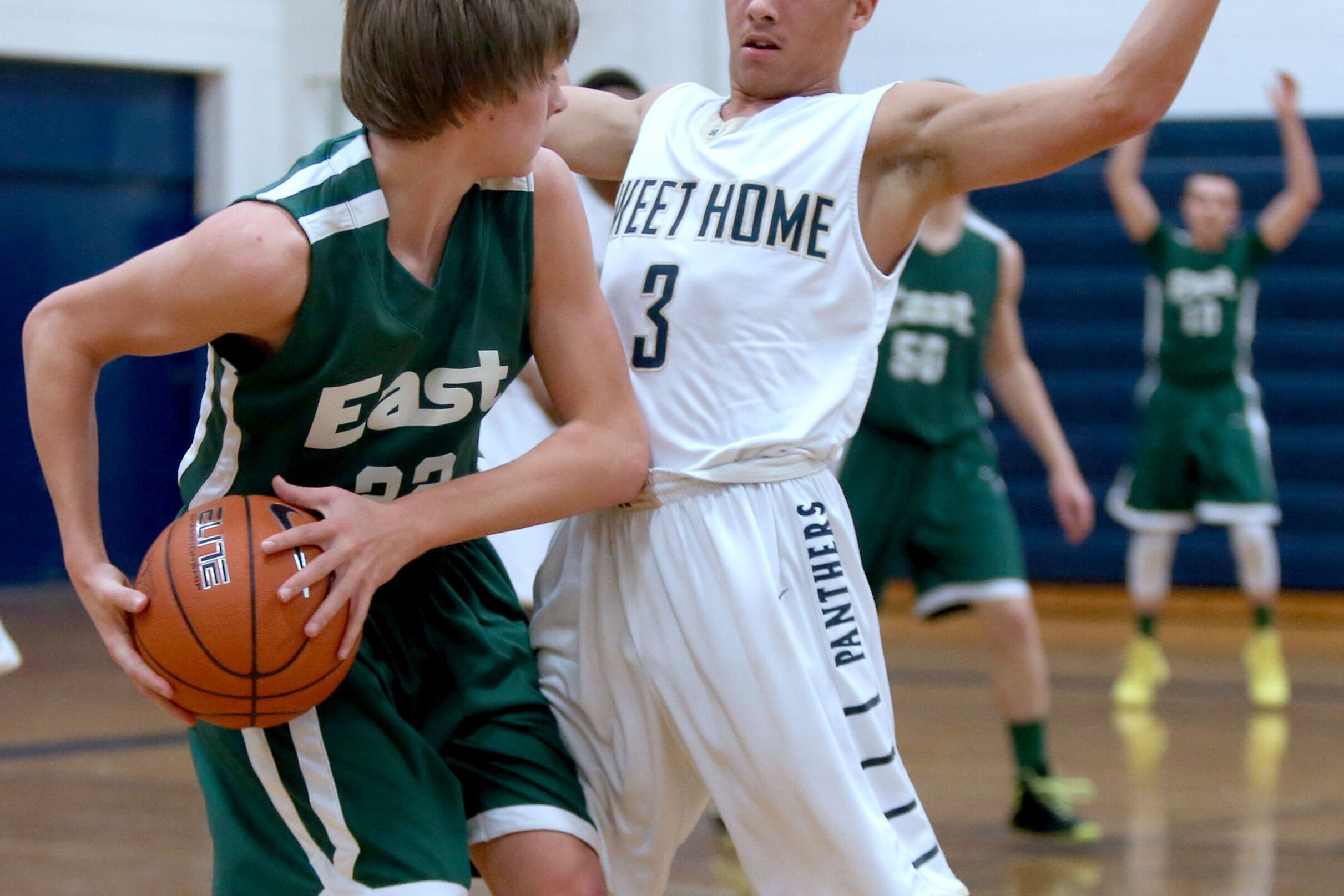As more youth sports practices and games start to return, one question facing teams is how to keep track of compliance with so many new COVID-19 standards. There’s a potential new trend emerging in youth sports – the shift of online safety compliance platforms beyond concussions, SafeSport and CPR to now include COVID-19 return to play requirements.
How these platforms get used, and if they are broadly adopted, could alter the way we play youth sports for the foreseeable future. For instance, whether a team does or does not track COVID-19 compliance may be used as recruiting pitches, given that about half of surveyed youth sports parents worry that they or their child will get sick by returning to sports.
“Let’s say you’re a COVID denier and think it’s a fabrication and conspiracy. Cool, over there is the basketball club that thinks like you and has no safety precautions,” said Bill Kerig, CEO of Great Coach, which is rolling out its new Clear2Play compliance management system. “But over there, there’s this club using an app to keep track of safety precautions and doing it right. You can choose and let the market figure it out.
“We’re seeing interest in youth sports safety divide within political lines. We have certain groups really aggressively pushing us for the product. Some say, ‘We have to get 1,000 people on this yesterday so we’re the first soccer team that has it in Virginia.’ It’s a competitive world. A lot of them are looking at it as this could be a competitive advantage for us so they can say, ‘We care more than they do.’ That’s youth sports. I love it and I hate it.”
Clear2Play allows youth sports administrators to track players’ body temperatures and responses to a health stat quiz, as self-reported by parents. The app can also collect COVID-19 waivers and releases and can be customized to collect additional information. Kerig spoke with Dr. Jon Finnoff, U.S. Olympic and Paralympic Committee chief medical officer, about return to play protocol prior to adding these compliance standards.
Before every team practice and game, Clear2Play sends a notification to parents by phone requiring them to take their child’s temperature and complete a short survey on whether their child shows any COVID-19 symptoms or has been in contact with anyone with the virus. If a child has a fever or answers yes to any of the questions, the child should not come to the practice or game. When a parent checks yes or indicates a fever, the app creates a safe messaging window for parents and the coach or league administrator to immediately communicate.
“We don’t want the algorithm to say, ‘You can’t come to practice,’” Kerig said. “We want a human standing behind this and saying, ‘Did you really push this button? Is Sarah really sick? If so, how sick?’ It allows for communication and to show you care.”
Kerig’s goal is parents take no more than 60 seconds every day there’s a practice or game to memorialize their child’s health status. “If something goes wrong, it’s all documented and archived and easily searchable so you can see who was at the event, and that can help with contact tracing,” he said.
Great Coach is not charging for this new Clear2Play service. Great Coach’s regular services cost $12 per user for an organization, meaning about $200 to $300 per season for a baseball team to have complete compliance. About 1,000 athletes are using the Clear2Play app, which is just launching, and the organization is getting about 20 calls per day with interest, Kerig said.
Will parents use an app?
Kerig acknowledges that the “big flaw” in Clear2Play is that it relies on parents being honest about their child’s health – the same people who may be pushing their children to specialize in one sport year-round.
“I think we’re entering a new world with our social contract,” Kerig said. “This is going to change for a long time to come and we’re all going to have to accept we have to do certain things to participate in communal events. Essentially, that means sharing data. It’s what happened with TSA after 9/11. We have to share data around our lack of carrying a weapon and go through that inconvenience. Could a parent lie? Sure. But if your kid plays hockey, by the time he’s 15, all of your friends are pretty much hockey parents, so you’re in this social contract of recognizing we have to trust each other to do certain things to guarantee safety.”
Since the pandemic started, discussions by youth sports organizations have morphed from being terrified about playing to wanting to understand specific needs to return, said Jim Kelly, vice president of business development at SafetyOne, which offers youth sports compliance on its platform, along with other industries.
“I think every sports organization is interested in a way to track COVID-19 safety compliance, whether they do so with their own spreadsheet or we get their ear about our services,” Kelly said.
Among the services SafetyOne offers: COVID-19 lab test results posted on the profile page of an employee or volunteer; notification of positive cases; tracking for cleaning and disinfecting schedules; collection of waivers with new language; distribution of new policies and procedures; and monitoring completion of new training materials related to COVID-19 and return to play.
SafetyOne, which previously has provided drug screening for its customers’ employees, will soon allow individuals to sign up for COVID-19 testing through the platform. The results become available to the individual and the event administrator. SafetyOne partners with national laboratory testers, who would administer the tests.
The types of youth sports organizations showing interest in COVID-19 testing are larger organizations, such as event races with several hundred employees and athletic facilities that stage youth sports events with significant gatherings, Kelly said.
“Every organization will have a different standard on the timing of these tests,” he said. “Most privately-owned facilities we’re talking to are looking at doing a monthly test. Most of the organizations we work with in youth sports have the capacity for testing, but there’s a catch-22. Most organizations are very, very hesitant because they don’t think parents and families in youth sports will be willing to participate without the knowledge and comfort testing can provide. We feel by offering a very accessible test like this, we can swing the pendulum so people can see there are tests being made available, and there’s proof and transparency with a coach that the tests have been administered.”
The projected cost per COVID-19 test through SafetyOne is around $100.
SafetyOne also provides a COVID-19 readiness statement asking yes and no questions on topics that organizations should be considering, plus incident reporting features and checking for high temperatures and symptoms. The company’s services include training staff on new policies.
The base subscription for SafetyOne is $19.99 per month for smaller organizations; larger organizations may pay a couple thousand dollars a month. SafetyOne had about 500 customers prior to the shift and is just starting to roll out COVID-19 services.
Will coaches need training in Return to Play guidelines?
One of the unknown questions is what the demand will look like from parents for COVID-19 safety guidelines and compliance – and for how long.
“I once surveyed parents two questions: Do you Google the youth sports coach of your child, and do you Google where you go to lunch?” Kerig said. “It took more than 1,000 answers before someone answered question number one. As coaches, most of us are not trained. How can we create a minimum coaching standard?”
Jean Lee Batrus, executive director of the MLB-MLBPA Youth Development Foundation, expects that coaches will eventually have to go through additional training related to COVID-19.
“This is similar to the exercise we had to go through with SafeSport (after widespread cases of athletes being sexually abused) and looking at a whole new way of certifying to make sure kids remain safe,” Batrus said. “If there’s a requirement to train under COVID-19 safe and health guidelines, can we amplify and add in some other (coach training) resources? I would agree that we need to lean on the (National Governing Bodies) and other national bodies to really mandate it, and that’s where we can engage the government and policymakers to have this enforceable.”
In the meantime, Kerig has heard about some alarmed parents showing up to soccer practices and realizing their child hasn’t been approved to play. It’s usually because the Clear2Play email went to the wrong parent or got overlooked in an inbox.
“It’s really important that adoption of this is 100% on a team,” Kerig said. “This sorts itself out real quick in the parking lot.”
Do you have a topic that you would like Project Play to explore in future COVID-19 youth sports coverage? Email Jon Solomon at jon.solomon@aspeninstitute.org.





















